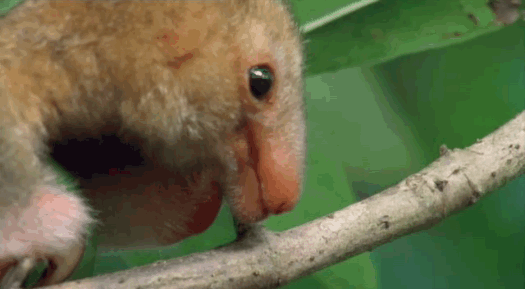

Costa Rican Environment Ministry officials yesterday announced the closing of its two national zoos, the Simon Bolivar zoo and Santa Ana Conservation Center. But they’re not just shuttering; they’re going to become wild botanical gardens, with animals allowed to prance in and out as they please. And the officials plan to release as many of the current zoo animals back into the wild as possible. It’s the latest in an impressive line of conservationist initiatives pushed by the Environment Ministry.
The two zoos hold about 400 different animals, comprising some 60 species. Most of these are local; Costa Rica has a phenomenally dense variety of animals (it’s home to more than half a million different species of flora and fauna). Those include many varieties of frog, three species of anteater, a whopping five species of wild cat, and nearly 900 species of birds. Theoretically, that would make it easier to release animals back into the wild.
Reintroduction of zoo animals into the wild is not, actually, a simple task at all. Very few species have been successfully reintroduced; among the few winners are the black-footed ferret, California condor, and the grey wolf. But there are far more problems; many reintroduced animals have adjusted to zoo life too thoroughly to be successful in the wild (especially if they were born in the zoo). Some animals may spread microbes or viruses picked up thanks to close proximity with other animals (including humans) they wouldn’t normally be in contact with. Reintroduction is far from impossible, but it’s also not nearly as simple as opening a cage door and saying “you’re free now!”
Costa Rica’s Environment Ministry has said that animals which cannot be reintroduced will be sent to rescue centers. There’s no more information than this; which rescue centers? What are the criteria for reintroduction?
Fundazoo, the national organization in charge of zoos, requested to block the closing of the zoos, arguing that the government is breaking a contract with more than a decade left on it. The more persuasive argument is that only the zoos have the specialists in zoology, nutrition, and veterinary medicine required to care for these animals during the move.
It’s a fascinating idea; zoos certainly have mixed records from a conservation perspective. Many species survive only thanks to zoos, much quality research has been done at zoos, and many people have been educated about conservation and zoology thanks to zoos. But they’re also still cages for animals, which is the side of the debate taken by the Environment Ministry of Costa Rica. Costa Rica, not for nothing, has become an unlikely star of the conservation movement, having already banned circuses and all sport hunting within its borders.
[via AP]